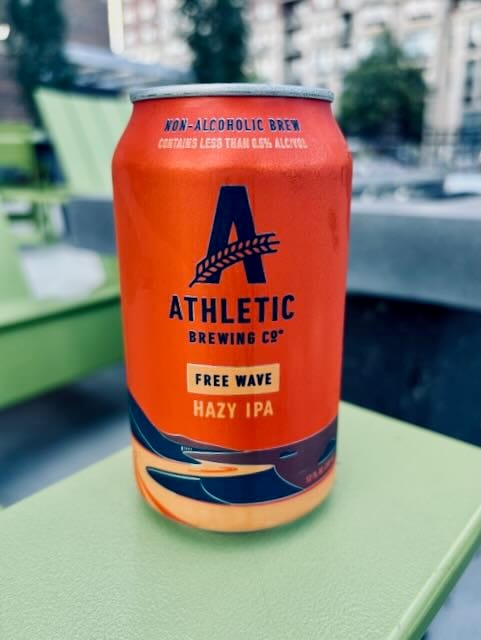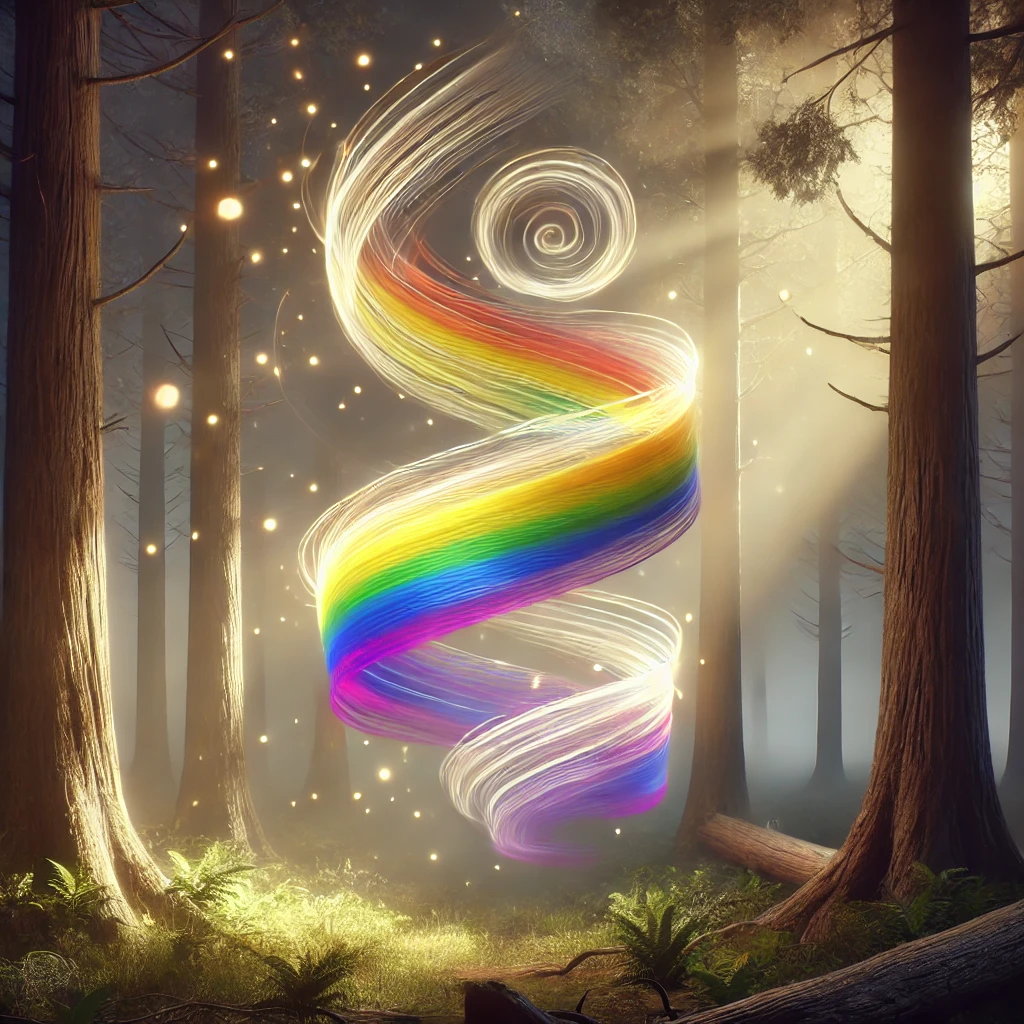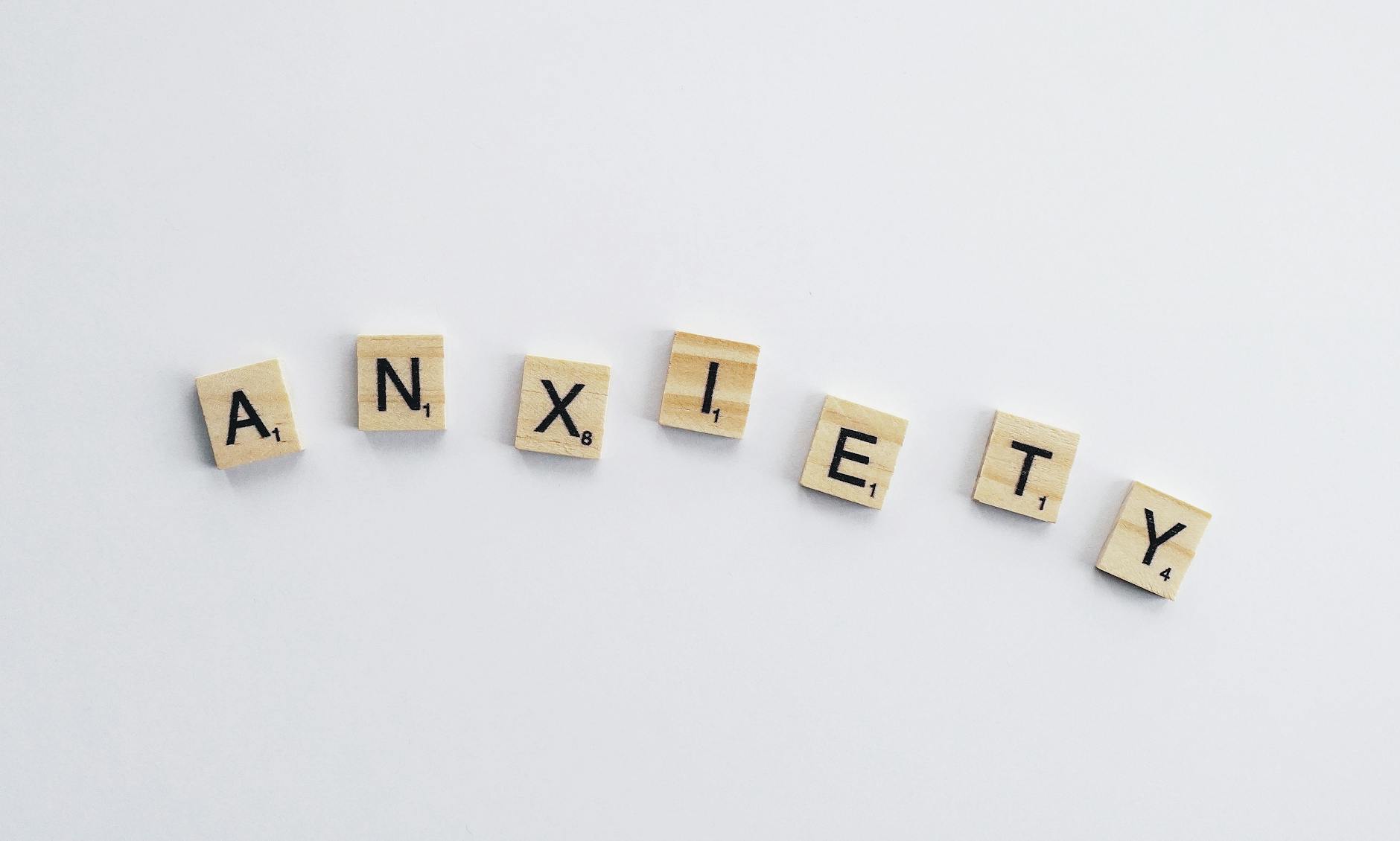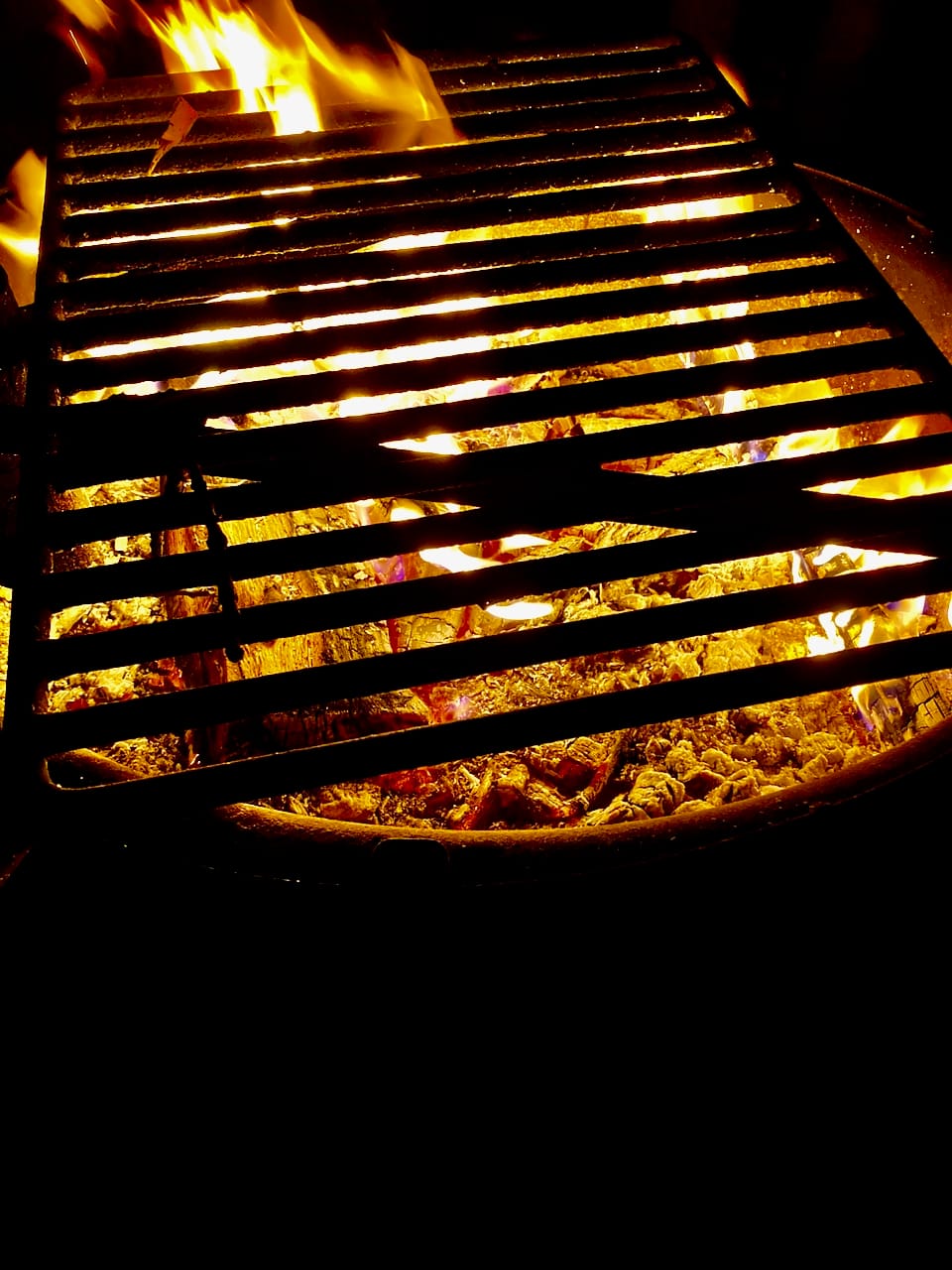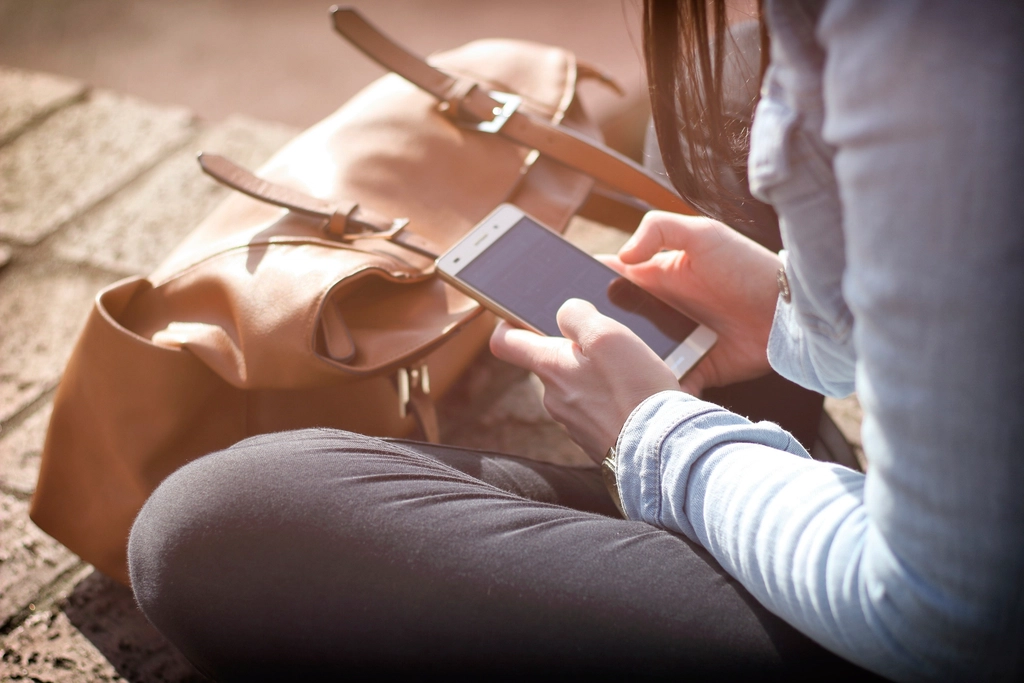Author’s Note:
This began as a casual Facebook post. It was just me, a can of non-alcoholic beer, and a quiet summer evening on the patio. But the more I sat with it, the more I realized this moment wasn’t casual at all. It was part of a larger story about grief, generational patterns, and learning to choose—really choose—what supports me best. Sometimes that looks like a cold drink. Sometimes it looks like not having one. And sometimes, it looks like sitting still with what hurts, and making a mindful choice anyway.
A Quiet Evening, A Different Kind of Cold One
It’s a quiet evening on the patio. The sun’s fading out slow and golden, and I’m sitting with a cold one in hand.
But not that kind of cold one.
This one’s a Free Wave Hazy IPA from Athletic Brewing Company. Non-alcoholic, but every bit as satisfying as the real deal. Bright. Citrusy. Complex. It hits all the right notes—just without the mental fog or emotional whiplash.
These days, before I drink anything alcoholic, I pause. I check in with myself. And I ask a question that’s become surprisingly important:
Why do I want this?
Is it for the taste? To unwind? Or… am I trying to dull something I don’t want to feel?
When Grief Shatters
After Dempsey passed in the summer of 2022, something in me broke.
Not just cracked—shattered.
He wasn’t just a dog. He was my service dog. My companion. My lifeline. Dempsey was the one creature on this earth I could trust completely. I trusted him with my safety and with my disability. I relied on him with the quiet parts of me that don’t always have words.
Grief wasn’t kind. It wasn’t poetic. It was heavy and raw and relentless. And in the middle of it, I found myself craving alcohol. It wasn’t to celebrate or relax, but to feel less.
Less pain.
Less loss.
Less of that deep, marrow-level heartbreak that doesn’t let up just because the world keeps spinning.
But I knew that craving. I knew its edges. And I knew where it could lead.
Because I come from a family with a history of alcohol misuse. Even though the people I love found their way to sobriety, those patterns still echo. That kind of history doesn’t disappear. Instead, it lingers in the background. It shapes how you respond to stress, grief, and loss. Even if you never pick up a bottle, you still inherit the instincts.
So when I felt that whisper—Just one drink. Just take the edge off—I recognized it. Not just as a moment of grief, but as part of a longer story. A story I want to write differently.
Choosing Wisely: The Power of Options
That’s where drinks like this come in. That’s why I sing the praises of Athletic Brewing like they’re saving lives. Sometimes, having a non-alcoholic option helps me stay sober in spirit. It is not just about alcohol content. It helps me stay grounded. Stay honest.
And let’s be clear: I’m not anti-alcohol. I’ll still have a drink now and then. But the rule I’ve made for myself is simple—if there’s even a fraction of hesitation, even a 0.00001% chance that I’m reaching for it to numb instead of enjoy, I choose something else.
That isn’t weakness. That’s wisdom. That’s clarity. That’s care.
Even now, Surley is by my side. My mental health is better supported. There is more stability and joy woven into my days. Still, those urges whisper sometimes. That itch still sneaks in.
And when it does, I don’t shame it. I meet it with honesty.
I ask the question again. Why do I want this?
And if I’m not sure, I choose the option that keeps me rooted.
My Choices, My Rules
You might think all this sounds excessive. Or overly cautious. Or dramatic.
That’s okay.
You’re not living my grief. You’re not carrying my history. You’re not holding my DNA or my memories or my triggers. I am.
These are my choices. My rules. My safety nets. Built not just to keep me upright, but to keep me honest with myself.
So tonight, I raise a glass—a cold one, sure, but one that supports the life I want. The healing I’ve worked for. The clarity I’ve chosen.
Cheers. 🧡🍻
To grief. To growth. To generational healing.
If you’ve been affected by grief, loss, or struggles with alcohol, you’re not alone. Feel free to share your story or thoughts in the comments below. Let’s support each other with compassion and understanding.
